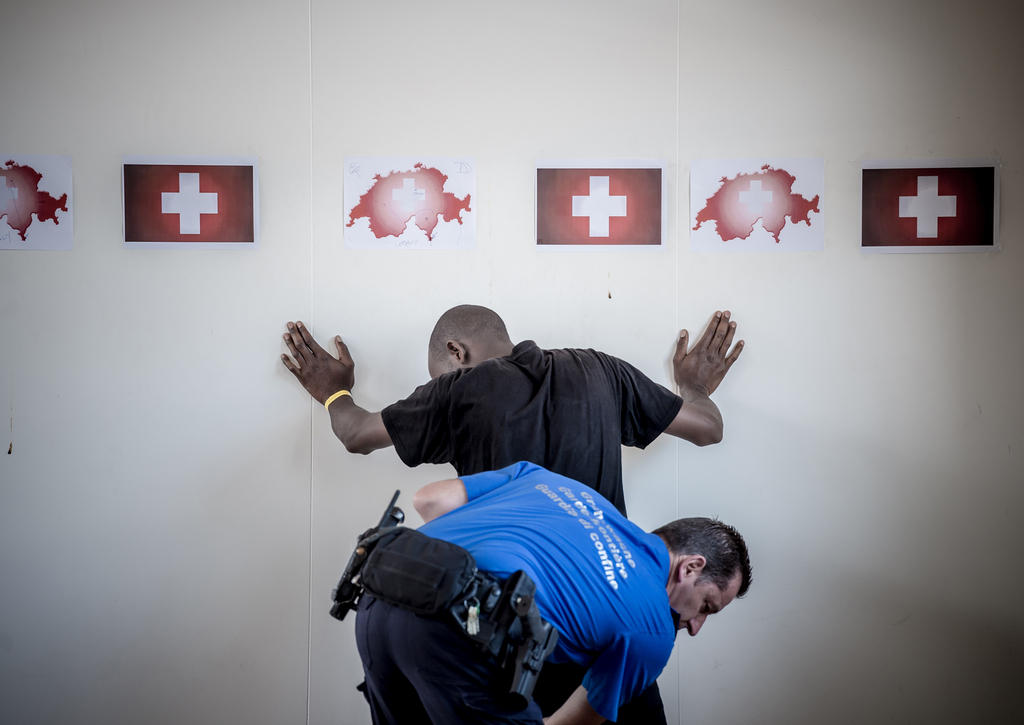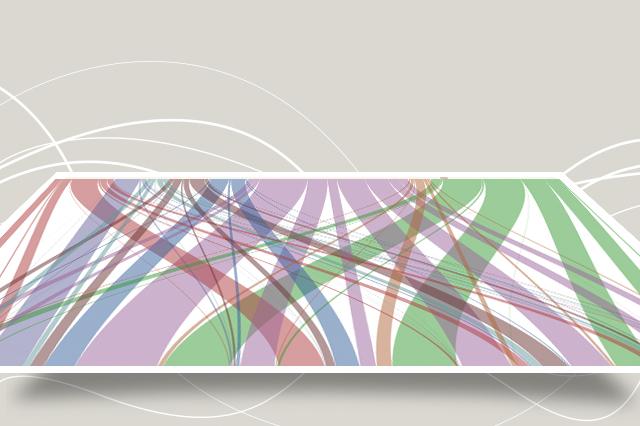Asylum requests in Europe: where things stand
In 2015, Europe had a record number of asylum requests with more than 1.3 million registered first-time claimants. New numbers show a slight decline since, but demands are still twice the number from 2014.
More than 1.23 million asylum applications were registered in the European Union (EU) and EFTA countries (Switzerland, Norway, Iceland and Liechtenstein) in 2016. Syrians, Afghans and Iraqis remained the three main nationalities seeking international protection. By themselves, the nationals of these three conflict-stricken countries accounted for more than half of the primary asylum-seekers.
The main differences in the origin of asylum applications from 2015:
- Iran and Nigeria: Over 50% increase in primary asylum seekers from these countries. As a reminder, Nigeria has been at war with the Islamist terror group Boko Haram since 2009.
- Driven above all by the economic crisis, the Kosovars were one of the main nationalities of asylum seekers in 2015, some 5% of all those in Switzerland. New procedures since then have discouraged many applicants. Primary asylum seekers have decreased by 86%, or 58’140 fewer in 2016 compared to the previous year.
Regarding the destination countries:
- Just as in 2015, Germany remains the most popular, accounting for almost 60% of all applications. It should be noted, however, that a number of applications made in 2016 concern migrants who arrived in 2015. Faced with the unprecedented influx of asylum seekers, Germany has often postponed the formal application by several months.
- Sweden, the third most popular asylum destination in 2015, experienced a large drop in demand last year. It was a decrease of 86% (133’810 less) compared to 2015, which is related to the closure of its borders and a tightening of its conditions for receiving people.
- Hungary, the second most popular destination for asylum applications in 2015, also registered a significant drop of 85% in applications (-146,220). A variety of openly anti-migrant measures decreed by the nationalist government of Viktor Orban have had an effect: building a barbed wire fence along the border with Serbia and Croatia (175 km long), placing migrants in detention centers, and forcible returns. Hungary remains a transit country for asylum seekers. Of all the applications processed in 2016, less than 2% had a positive response.
- The establishment of EU-funded migrant registration centers in Greece has led to an explosion in the number of asylum applications filed in the country. There was an increase of more than 339% of applications compared to 2015. This increase reflects above all how effective these hotspots were in registering all migrants wishing to join Europe. The majority of these asylum seekers were only transiting through Greece.
Switzerland experienced a 32% decline in first-time asylum seekers in 2016. This was due to the partial closure of the borders on the Balkan route.
At the end of 2016, there were still more than 1 million asylum applications in Europe.

In compliance with the JTI standards
More: SWI swissinfo.ch certified by the Journalism Trust Initiative













You can find an overview of ongoing debates with our journalists here . Please join us!
If you want to start a conversation about a topic raised in this article or want to report factual errors, email us at english@swissinfo.ch.